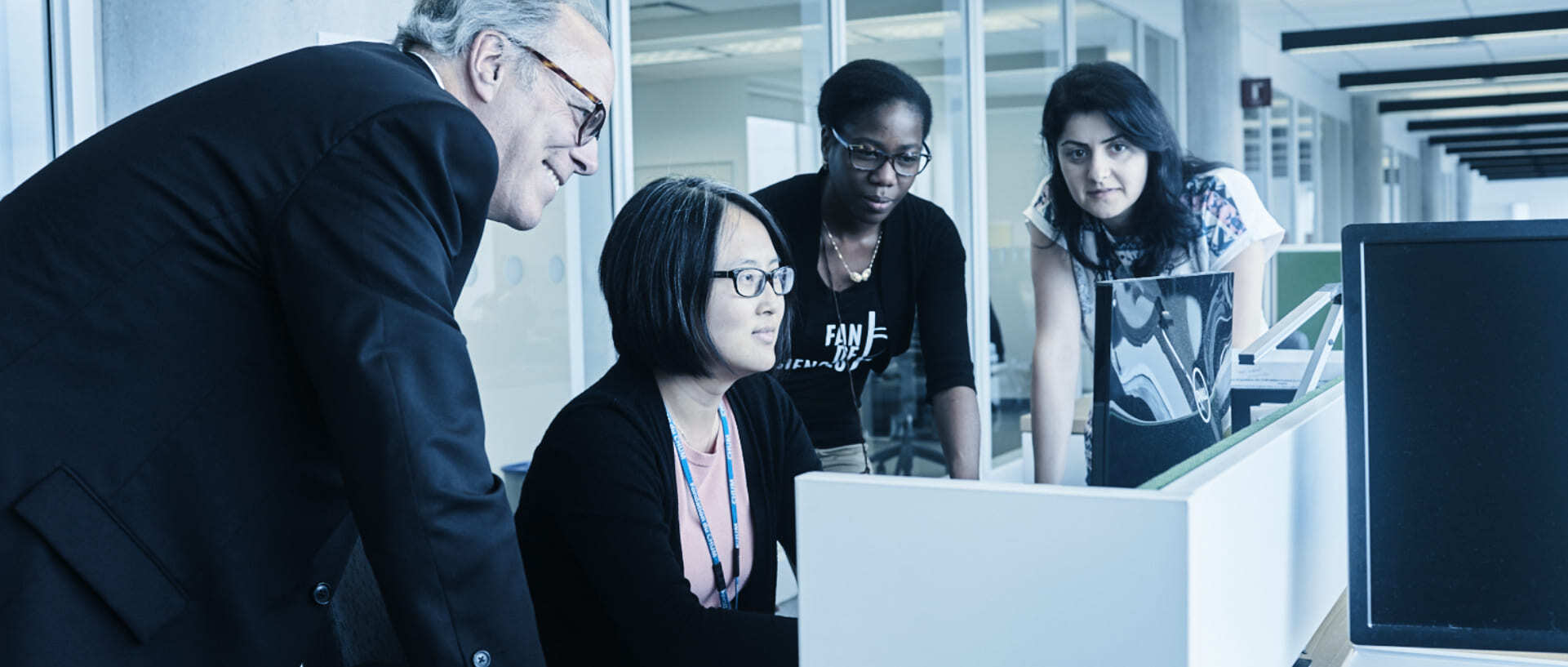Projects
Health-related projects
The LIO is a highly dynamic multidisciplinary laboratory. Our projects reflect the current needs of our clinical or industrial partners. Here are some examples of the approximately fifty projects that we initiate on a yearly basis.
Projet Audace
Treating patients suffering from head and neck cancer from a techno-artistic and psychosocial perspective. These patients have had to reconstruct their identity following tissue-damaging facial surgery, and they require facial prosthetics. Within the context of this project, we are exploring the advantages of imaging, simulation, virtual reality and 3D printing, working in collaboration with clinical teams from CHUM (prosthodontics, plastic surgery, ORL, radio-oncology, psychiatry, public health), artists from the Society for Arts and Technology (SAT), professors from HEC Montréal, members of the Centre of Excellence for Partnership with Patients and the Public (CEPPP) and the Direction des services cliniques (clinical services directorate) at CHUM.
Incarnation of virtual avatars in rehabilitation
Development of virtual reality systems where patients control virtual bodies that enable them to manipulate the visual feedback produced while performing motor tasks. In addition to visual simulation, proprioceptive simulation is introduced to the system to simulate the perception of limb movement among patients who do not have the functional ability to walk. A module for analyzing brainwaves through electroencephalography (EEG) was recently developed to quantify the illusion of incarnation that patients feel. This significant advance now enables us to adjust the intensity of modifications made to avatars in real time, based on the patient’s level of incarnation.
Cognitive training for athletes using virtual reality
Development of virtual-reality based cognitive training tools and protocols for elite athletes. Our studies have demonstrated the ability to enhance perceptual-cognitive aptitudes, which leads to improved performance and decision-making among athletes, and to improved landing biomechanics. This work was made possible thanks to our collaboration with CogniSens and the Montréal Impact Academy. We are currently employing artificial intelligence in the development of methods for generating animations for realistic sports actions to be used in cognitive training environments.
Other ongoing projects
- Virtual mannequins
- MonArthrose project
- 3D reconstruction of low-dose X-ray images
- Hexoskin project
- Haptic manual wheelchair propulsion simulator
- Spinal cord injuries
- Analysis of concussions in soccer
- Injectable matrices for cell therapy


